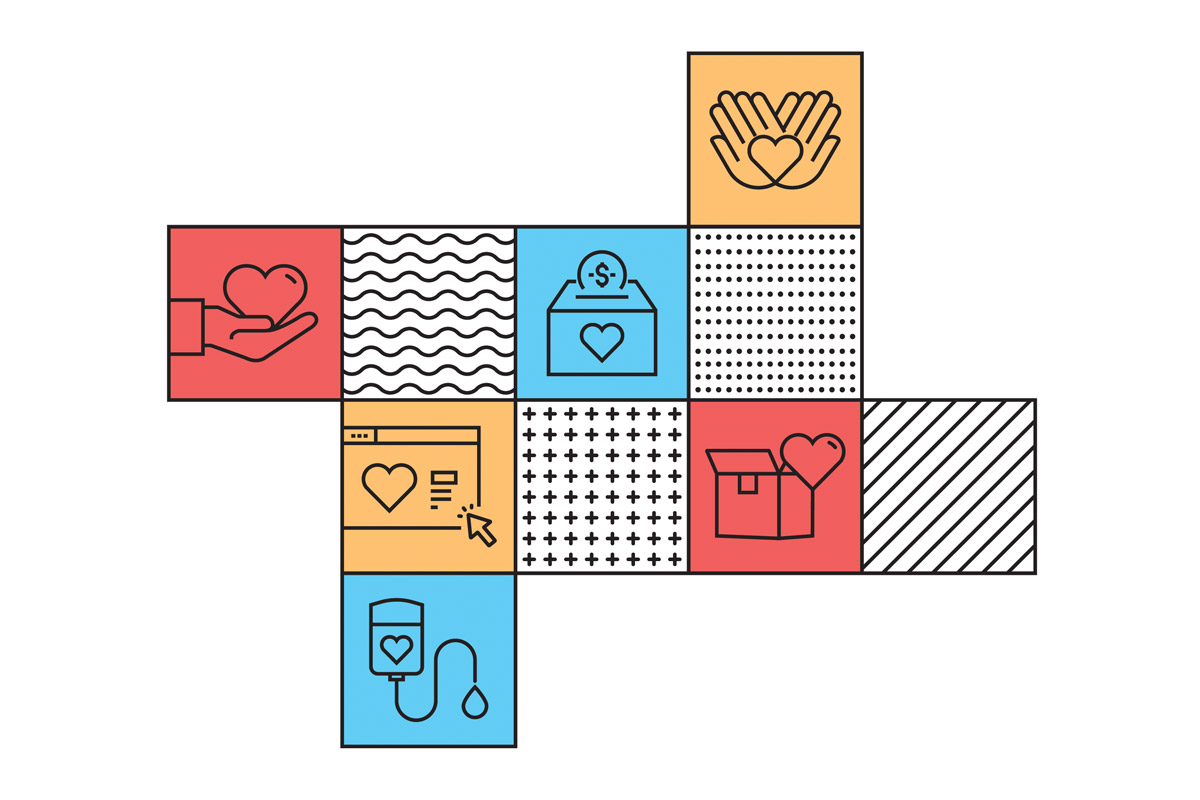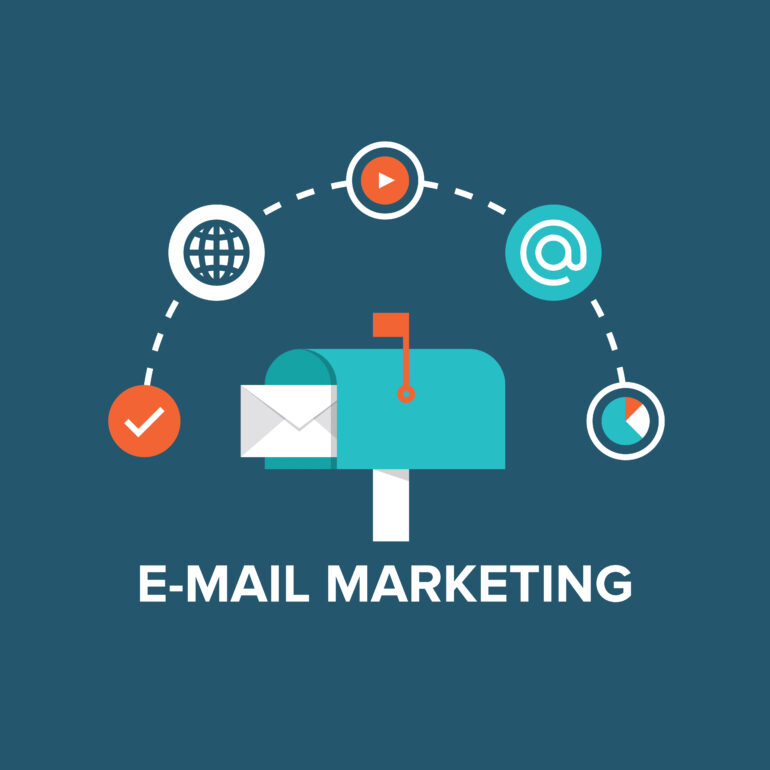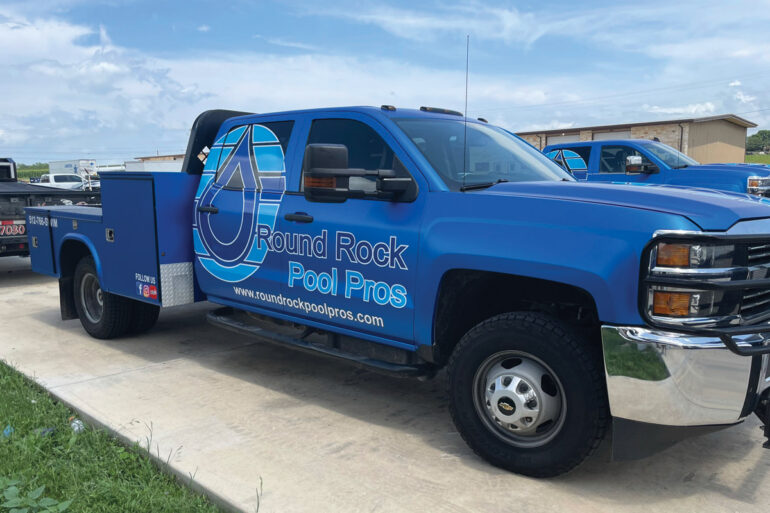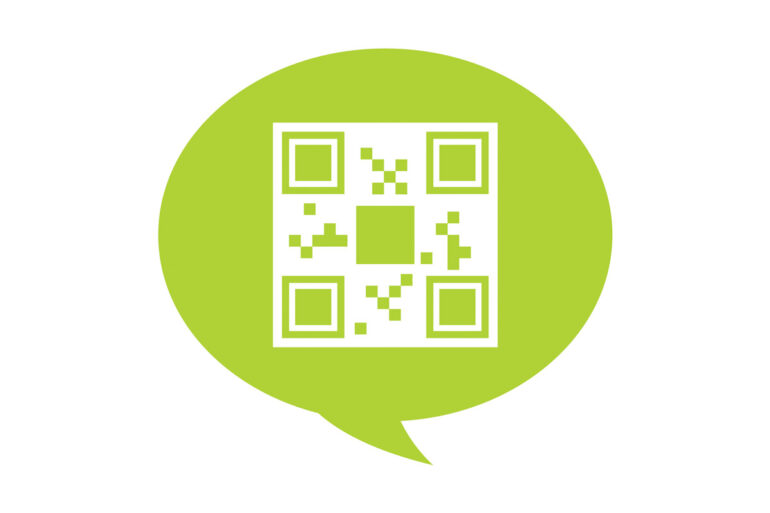Cause Marketing

Since 2020, there’s been a significant emergence of social awareness in shopping. According to Business Wire, consumers are now more interested in how a brand addresses social and environmental issues when making a purchase. The question most brands are now facing is: How do we authentically incorporate this messaging into our marketing?
The answer is through cause marketing. “Cause marketing is looking for those win-win opportunities,” says Kristan Hart, COO of The Get Smart Group. “Your audience wants to see you involved in your community. When businesses positively impact the community, it’s a win-win. Profitability increases, but the community wins as well because they get involvement from the business.”
Some of the most common cause marketing efforts Hart has seen include sponsoring the local little league team, a charity event or a marathon, but the most successful are when her clients get involved personally. Rather than just sponsoring events, they show up and participate, getting to know community members and contributing to a good cause.
“That brings it to a whole new level,” she says. “A lot of times, on social platforms like Facebook and Instagram, those are the posts that perform the best. There are lots of ways to take that good event and make it work for the business’ benefit as well.”
When businesses positively impact the community, it’s a win-win. Profitability increases, but the community wins as well because they get involvement from the business.
Kristan Hart, The Get Smart Group
When Kelly Michael Skelton came on as director of marketing for SSG Pools in Billerica, Massachusetts, he looked at the company’s marketing efforts from a consumer’s perspective and observed that he didn’t see how the company gave back. But SSG Pools has a long history of community involvement, specifically providing materials and maintenance services to local YMCAs and Boys and Girls Clubs who would otherwise have to shut down their pools for lack of funding.
“When I looked under the hood and started asking, it became super apparent that we were doing a lot for different communities,” says Skelton, who also serves as co-founder/head-of-content for the home improvement blog, Backyard Assist. “SSG Pools was doing the work but wasn’t letting the public know about it. As a marketer, you always want to portray your company as not only the best but as the kindest, giving back to the community. SSG relied heavily on word of mouth before I stepped into the role, not only for leads, but that they were a helpful and influential part of the community.”
Cause marketing doesn’t just revolve around sponsorships and charity involvement. Company events that benefit the community are also a great opportunity for lead generation and a means of giving back. When planning such an event, Hart recommends thinking about what you can do to make attendees feel seen, appreciated and respected. Whether you close a sale during your event or not, Hart’s top recommendation is to always collect customer information and offer a personal touch. “Little things like having a chair masseuse [during a weekend sale] — it’s not a huge cost for a business to do that, but it’s something else to bring added value,” Hart says.
While Skelton says it’s important to make your efforts known to potential customers, he acknowledges there is a fine line. “SSG Pools doesn’t want to brag about the great work that they’re doing within the community, which is very noble,” he says, “but as a marketer, I want to post every week about the clubs we’re helping. That’s common with a lot of small companies — to remain behind the scenes.”
Most small companies, he adds, don’t think they should publicize every good deed but rather believe the community will see and appreciate it organically. This differs, he says, from large companies, who tend to be scrutinized by the public, questioned and criticized more about what they’re doing to give back because they are generating millions in sales. “So large companies have an inherent desire to let the public know what they’re doing in the community,” Skelton says.
If there was one piece of advice Hart could share with the industry, it would be to not overthink how to effectively showcase your company’s community involvement. “We are a very forgiving society when it comes to technology,” she says. “No one expects video to be television quality anymore. It’s so easy in this digital world to make a big impact without it being a heavy lift for you or your business. Find some people in your community who can help [market your efforts effectively] and do it.”
Skelton admits cause marketing is tough to do without coming off as bragging, so SSG Pools leaves it up to the organizations it helps to take the initial step in telling the community through social media or press releases. Then Skelton shares those posts through SSG’s social channels, explaining why it’s important for the company to work with these organizations.
“We generally don’t post first,” Skelton says. “It’s a lot better to have 1,000 customer reviews saying ‘They built us a great pool’ as opposed to 1,000 pages on your website on why we’ll build you a great pool. I find it’s the same with cause marketing. I let it happen organically. It’s that pay-it-forward mentality — when you help someone, they’ll either want to say thank you or find someone they can help.”






